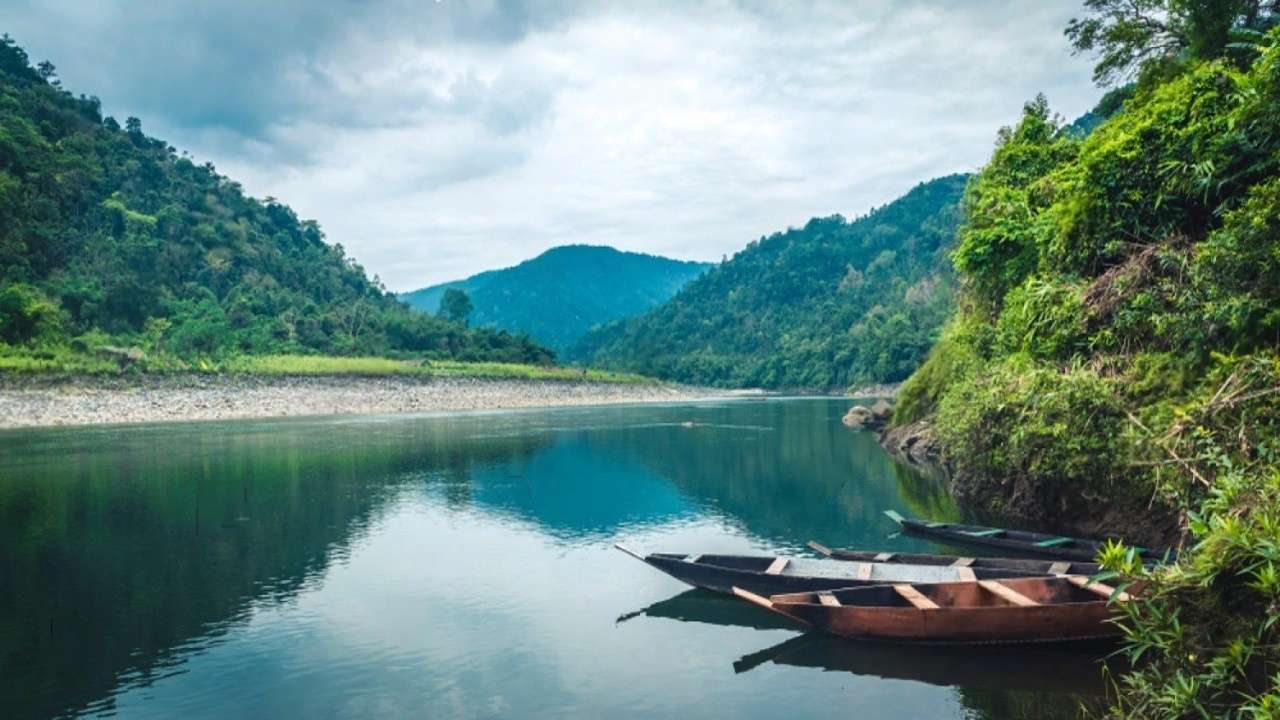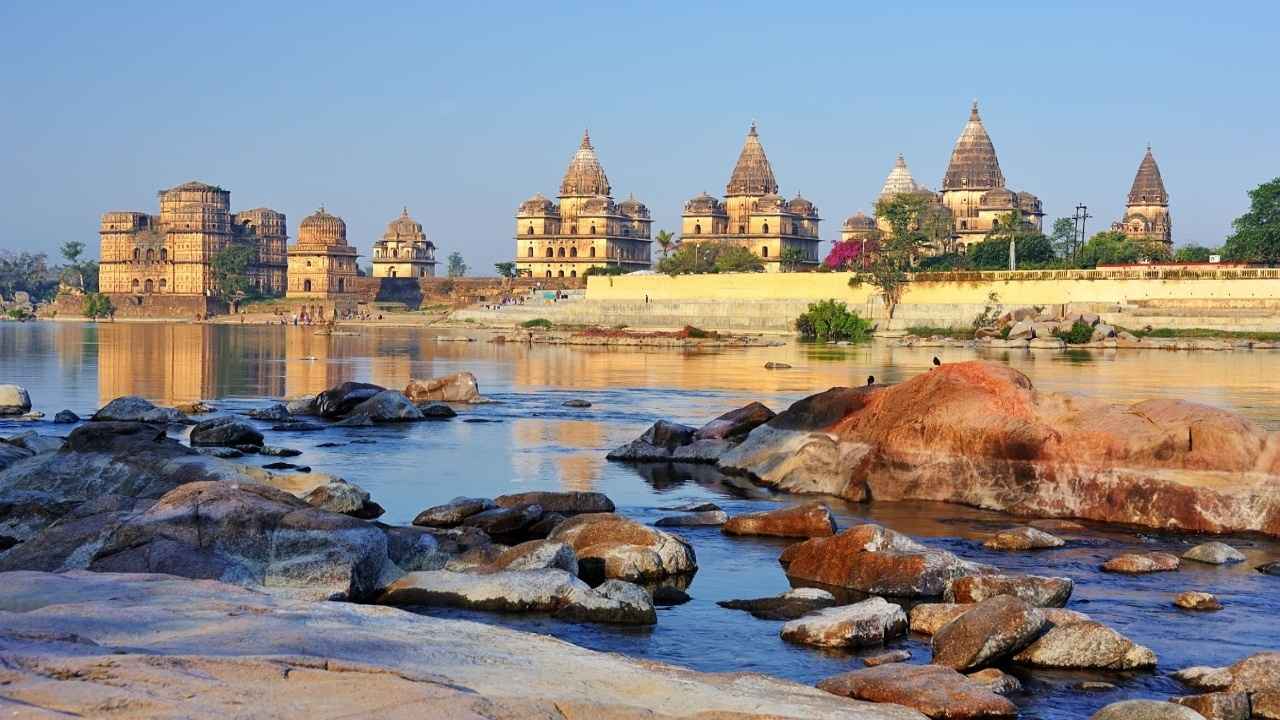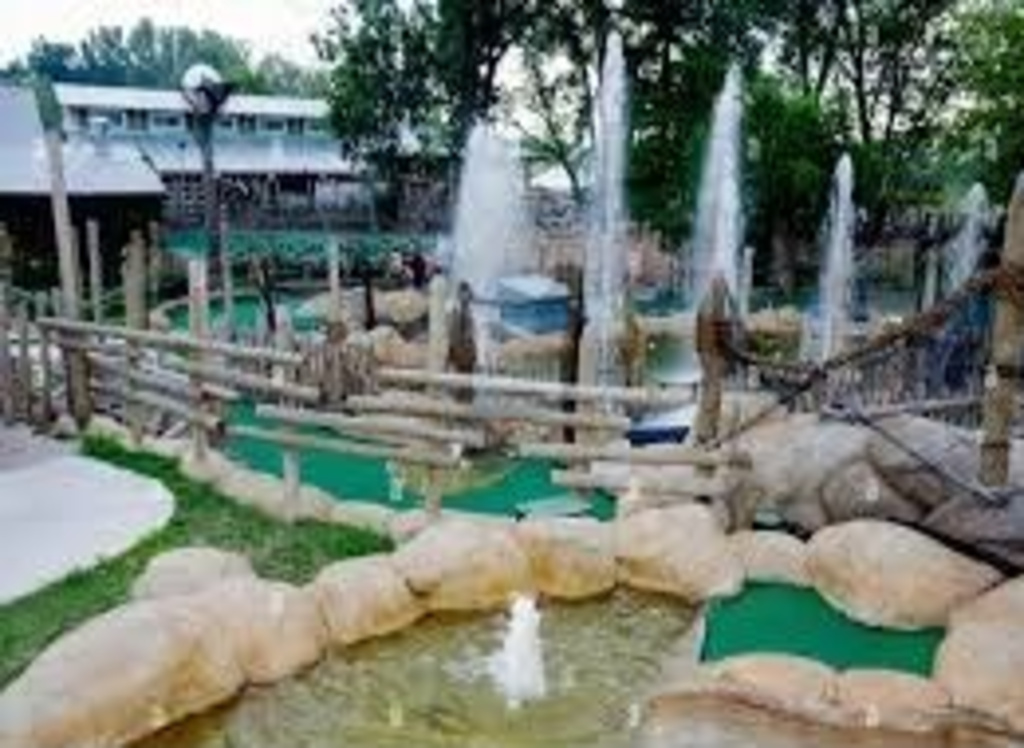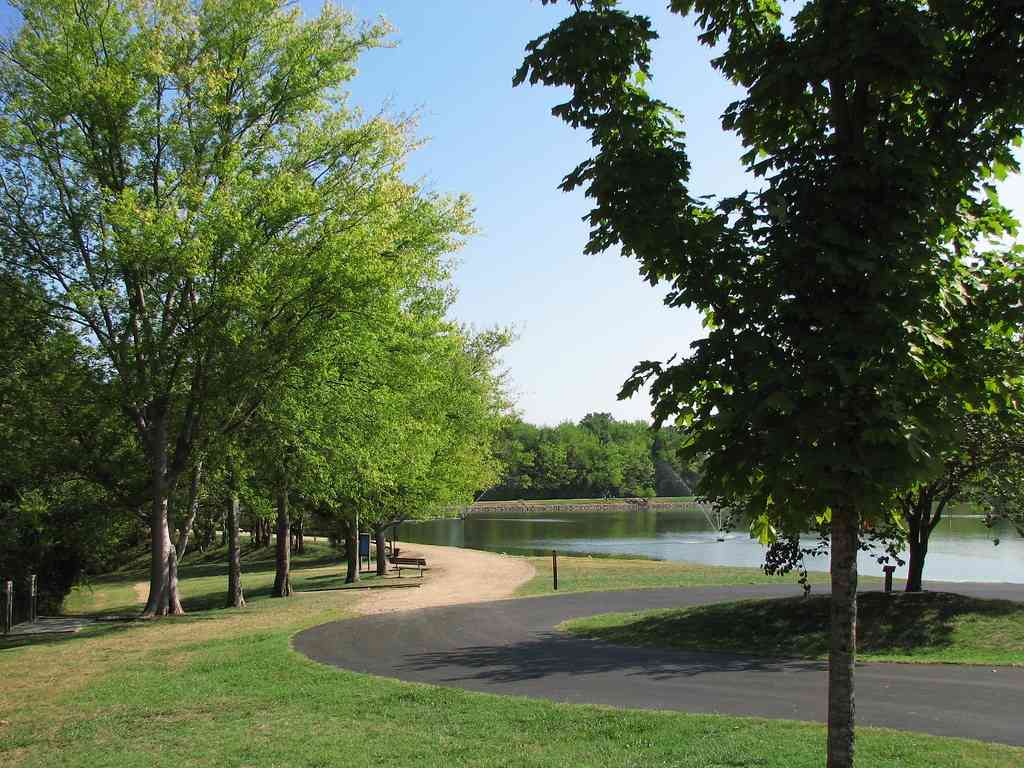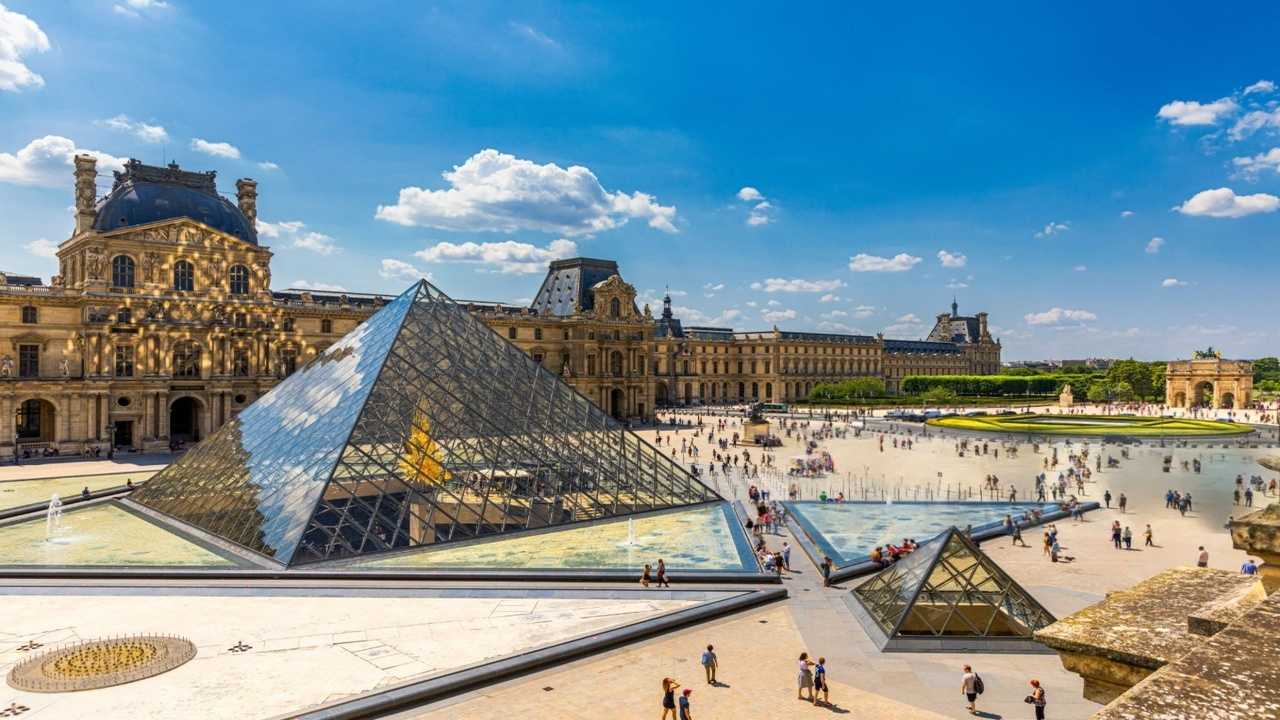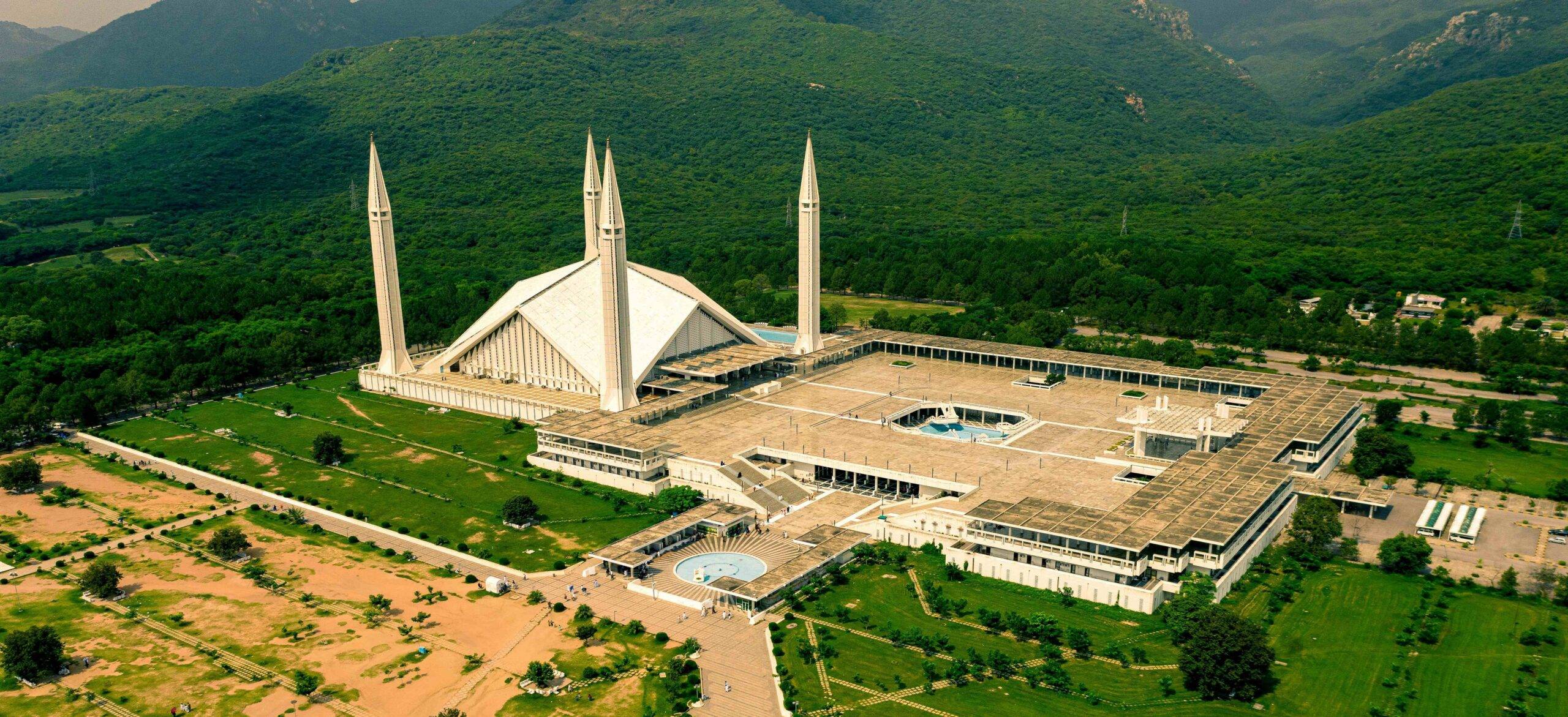
Faisal Mosque is one of the world’s largest and most remarkable mosques which is located at the base of the Margalla Hills in Islamabad, Pakistan.
The Masjid, constructed by Faisal bin Abdulaziz of Saudi Arabia, is a clear representation of Pakistan’s rich Islamic traditions and architectural innovations.
In this article, you will learn about the detailed history, architecture, and significance of the Faisal Mosque.
Faisal Mosque History
Islamabad is a new city. The government of Pakistan was relocated in the early 1960s, so Islamabad city was built after the capital moved out of Karachi.
The idea was to construct a mosque that would serve not only as a place of worship but also as a symbol of the Islamic identity of Pakistan.
Ayub Khan was the President of Pakistan at that time, and he dreamed of the mosque being the center of the new capital of Pakistan.
In 1966, King Faisal bin Abdulaziz of Saudi Arabia took a tour of Pakistan and proposed to finance the construction of a mosque in the new capital. He provided 120 million US dollars to carry out the whole project.
The mosque is named after him as a tribute to his generous donation. It is officially known as “Shah Faisal Mosque,” but most people call it “Faisal Masjid.”
1969 was a year when an international design competition was held to create a mosque reflecting modernity and the Islamic tradition. Architects from various parts of the world presented their models, and following a series of evaluations, the plan by Turkish architect Vedat Dalokay was selected.
His modern and minimalist design, mixed with the Islamic architecture elements was enjoyed by the jury, and the mosque’s construction took place in 1976.
Architectural Features
Unique Design and Structure
Faisal Mosque does not follow the normal mosque architecture, so the domes and arches that are usually seen in a mosque are not its features.
The mosque design is similar to the Bedouin tent. The mosque prayer hall has a tent-like look, the eight-sided slanted roof makes this mosque unique from other mosques.
Its distinction from the other mosques in the world without the dome is one of the features.
The mosque’s structure is mainly made of white marble, and its angular design offers it a modern aspect and, at the same time, keeps a traditional Arab and Islamic aesthetic.
The mosque’s main prayer hall can serve around 10,000 worshippers, and the enclosed courtyard accommodates up to 100,000 people during special occasions such as Eid prayers.
Minarets
Faisal Mosque is also known for its four 260 feet (79 meters) high minarets that are not only marvelously designed and constructed but are also tall, slender, and pencil-like.
These minarets are the symbolic representation of the traditional Islamic minarets that are modified as per the mosque designer’s modern idea.
The four minarets are equally spread on the four sides of the mosque, thus creating a symmetric plan. The Faisal Mosque’s minarets for the best ways of the tower.
Its rest is narrow at the top, giving a resemblance to the mosque’s straight and angled form, in contrast to other minarets that have a cylindrical shape.
Interior and Decorations
The inside of the Faisal Mosque is also magnificent, with only a few very elegant decorations. The may dua of the main mosque is full of the inscribed Quranic verses written by the famous artist Sadequain.
The chandeliers hanging from the ceiling add to the mosque’s beauty. Through this form, natural light enters, which in different, makes the hall a place of worship and meditation.
The mosque’s Mihrab (the niche indicating the direction of Mecca) is created in a simple and profound style that proves the mosque’s commitment to worship
Islamic art emphasizes the unity of design and ornament through the use of Islamic motifs and geometric patterns in the mosque.
Importance and Role in Pakistan
In addition to the mosque, Faisal mosque Islamabad is an important place of worship for the people of Islamabad and Pakistan. It is not only the country’s most important mosque but also especially loved by Muslims.
This mosque has a special reference during the days of Eid-ul-Fitr and the previous month of Ramzan when more than a thousand worshipers flock to the mosque to offer prayers..
The mosque is always considered a symbol of national unity and pride. It was built in joint efforts by Pakistan and Saudi Arabia, underlining their strong relations.
This monument has, over the years, become a national icon and it was portrayed in various media forms such as banknotes and stamps. It symbolizes Islamic Pakistan, especially in times of unity not only with other Muslim communities but also with Muslim people.
Faisal Mosque does not just represent people’s faith in religion, it is also a cultural center and a place to interact socially with the local people of Islamabad.
The mosque’s large areas give the way for families and tourists to join and enjoy each other. The mosque has a position not only in Islamic literacy and introducing studies but it has an international Islamic influence.
Conclusion
Faisal Mosque is not only an architectural landmark but also a representative of Pakistan’s Islamic identity and national pride.
The architectural style, conjured up by a Bedouin tent, makes Faisal Mosque different from others, and its religious and cultural meanings are part of life in Islamabad.
With time, the Faisal Mosque has become a light of Islamic legacy, a place of worship and the national icon worshipped by local people, and a cultural place attracting heartfelt artists. Thus, it is one of the most honored landmarks of Pakistan.
If you’re looking to discover the best tourist destinations around the globe, visit Heaven Leads. Our website offers comprehensive travel guides and insider tips for popular tourist spots and hidden gems alike. Whether you’re planning a serene getaway or an adventurous expedition, you’ll find detailed information to help you make the most of your trip. Explore breathtaking locations, learn about local cultures, and get practical advice on accommodations, activities, and more—all curated to inspire your next journey.

